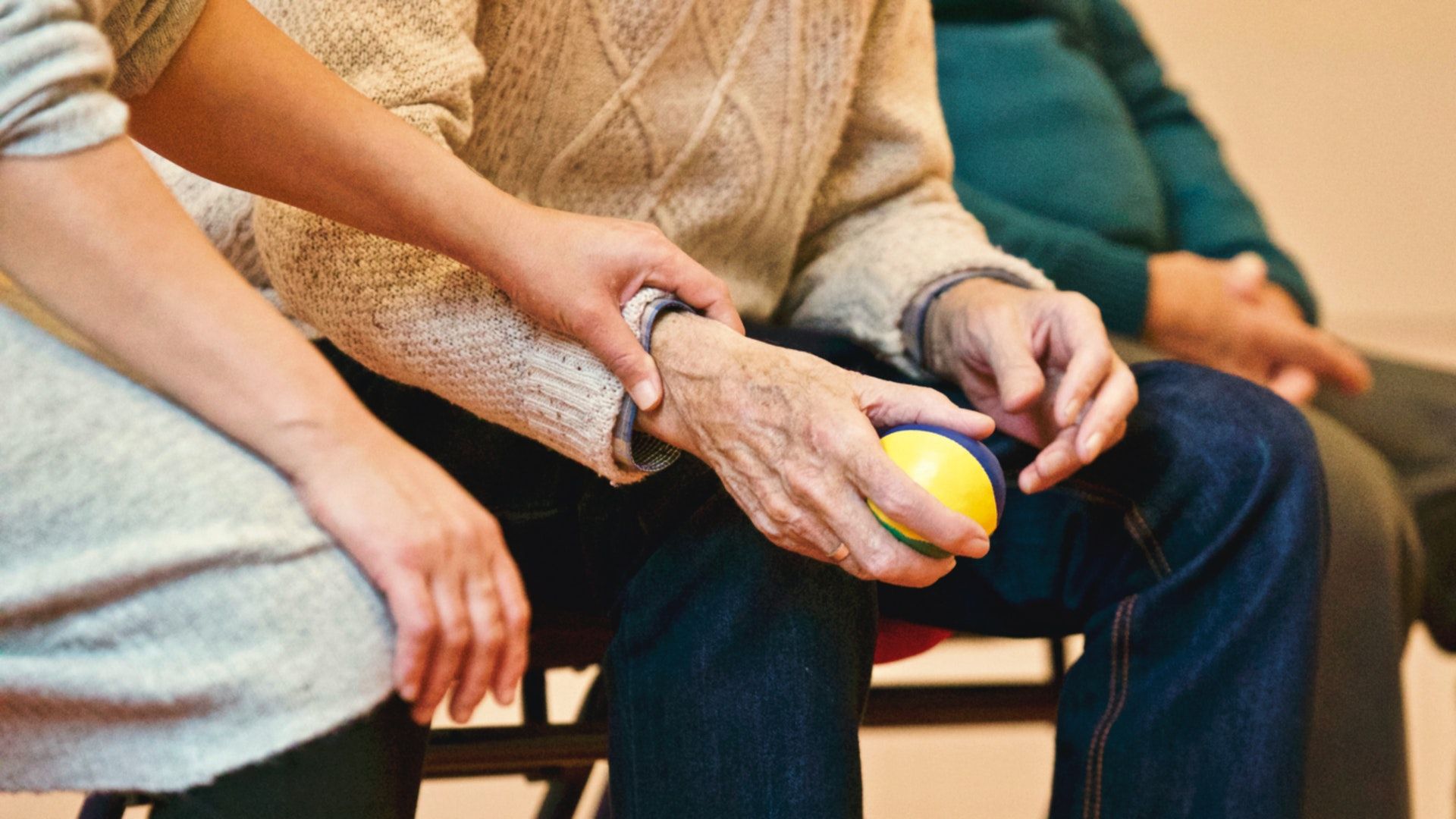More than 19,600 people have died in residential care settings in Canada due to COVID-19 that they caught during an outbreak in their facility. That’s currently more than 58 per cent of all deaths related to COVID-19 in the country, but before the current wave the percentage was even greater.
Residential care is a catch-all term for institutions where individuals are housed. In the context of my research on COVID-19 outbreaks, it includes long-term care facilities, retirement homes, hospitals, assisted living facilities, group homes, shelters, prisons and jails, and rehabilitation hospitals. Overall, more than 70 per cent of residential deaths occurred within long-term care facilities, 19 per cent at retirement residences and 9 per cent within hospitals.
Governments in Canada have put together studies and commissions trying to identify why living in these facilities throughout the pandemic has been so deadly. From Quebec’s coroner’s inquiry to Ontario’s commission into long-term care, experts have spent weeks explaining that these systems are in total disrepair, and have been the perfect transmission nodes for COVID-19 due to close quarters, limited privacy, shared rooms, and profit maximization from within settings that are both operating for profit and not-for-profit.
As a result, politicians, activists and family members spent a lot of time debating whether or not these facilities needed to be made public, or if better standards would be enough to make them safer. But disability activists have been calling for something clearer and, frankly, more effective: an end to long-term care (LTC) as we know it.
On January 20, the Disability Justice Network of Ontario (DJNO) launched its campaign calling for abolishing LTC, arguing that these facilities are inhumane and cause violence against their residents.
Writing in Briarpatch, DJNO activists Sophie Jean and Megan Linton claimed that, “Many of the conditions that made long-term care homes so vulnerable to COVID-19 – overcrowding, poor ventilation, and lack of PPE – are also characteristic of prisons. Prisons are unsanitary institutions even in non-pandemic times, and advocates recognize freeing all prisoners is the only way to keep prisoners safe from the virus.”
In the Conversation, Kelly Fritsch and Fady Shanouda point out that both systems rely on “carceral mechanisms of control such as the use of psychotropic medication, locking residents in their rooms and the use of physical restraints.” They describe the lack of freedom that long-term care residents have over their own schedules, when to eat or when to see others. “LTC institutions,” they argue, “seem to maximize resident surveillance and control while minimizing staffing costs.”
Beyond Nationalizing
The call to abolish LTC stands in stark contrast with what the majority of LTC reformers have been demanding: nationalizing these facilities. Nationalization would remove private control over a lot of the system, and stop shareholders from profiting off care, which is one of the reasons the crisis exists.
Profit isn’t just extracted from the quality of care, but also through financializing the real-estate holdings of these facilities. Writing in Healthy Debate, Madeleine Ritts explains: “Over the past two decades, [Real Estate Investment Trusts], international investors and private equity firms have acquired control of 17 per cent of all LTCs and 38 per cent of retirement homes across Canada. Many of the financial firms profiting from the commodification of elder care such as Chartwell, Revera and Sienna will sound familiar to anyone who has been following the horrific revelations about the state of long-term care in Ontario. Three of the largest for-profit LTC home operators in Ontario – Extendicare, Sienna Senior Living and Chartwell – have together spent millions on executive compensation and stock buybacks and have paid out more than $1.5 billion in dividends to shareholders over the last decade.”
Ontario has the highest proportion of private, for-profit facilities in Canada, and the numbers of deaths within these chains due to COVID-19 outbreaks have been significant: across Canada, at least 630, 463, and 417 residents have died in Extendicare, Chartwell, and Sienna Senior Living owned/managed facilities, respectively.
If we were to take Ontario’s experience alone as proof that something must change, then nationalizing long-term care would certainly be an obvious choice. But right next door, Quebec, where long-term care is about 88 per cent publicly owned, has demonstrated that it’s in fact the institutionalization part of long-term care that leads to the deadliest outcomes.
Quebec’s long-term care facilities were completely unprepared for COVID-19. In March 2020, at CHSLD Ste. Dorothée in Laval, residents weren’t tested for COVID-19, even after sudden deaths were occurring. Workers were forced to wait until after their shifts to be tested for COVID-19, and COVID-19 red zones weren’t outfitted with oxygen. Instead, nurses would call doctors on the phone to have them prescribe respiratory distress protocols, which included giving morphine to help for pain.
In every single province, the institutionalized model of LTC directly contributed to higher COVID-19 cases and death. What’s worse, institutions rapidly made decisions to confine residents to their rooms for hours, even when those residents were children.
Disability philosopher Shelley Tremain, who has struggled against institutionalization for decades, writes, “In short, insofar as nursing homes and other so-called long-term care facilities in which seniors and disabled people are confined require of them (and their advocates) a certain docility, these spheres of domination contribute to the production of the carceral archipelago of modern societies, though they are not widely recognized and acknowledged as doing so.”
Tremain argues that the current push to have national standards in long-term care risks further entrenching these systems rather than dismantling them entirely. Besides, it isn’t as if standards currently in place are even being met.
Even though the conversation about updated national standards has centred on safety and resident autonomy, it’s hard to imagine a kinder, gentler way to warehouse people, when it’s the warehouse itself that’s dangerous. So, as DJNO demands, we need support for people to be cared for at home or in smaller group settings, where they have the autonomy necessary to be able to live fully.







